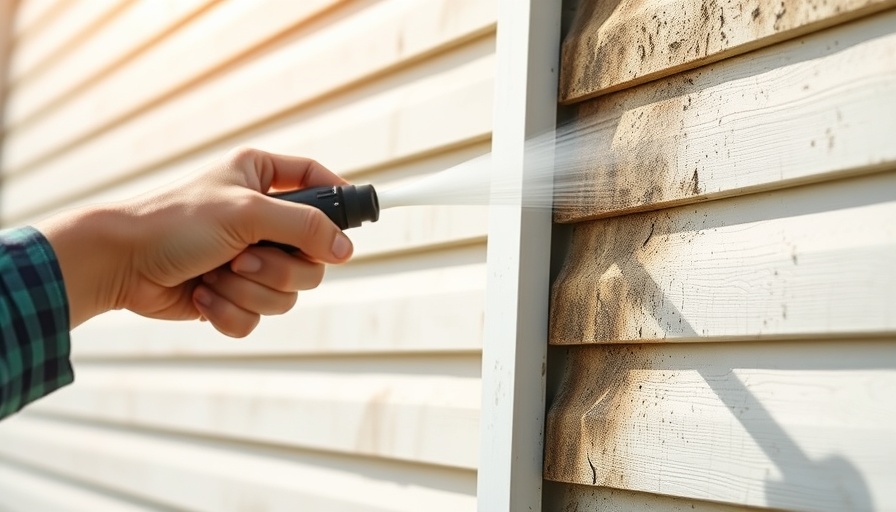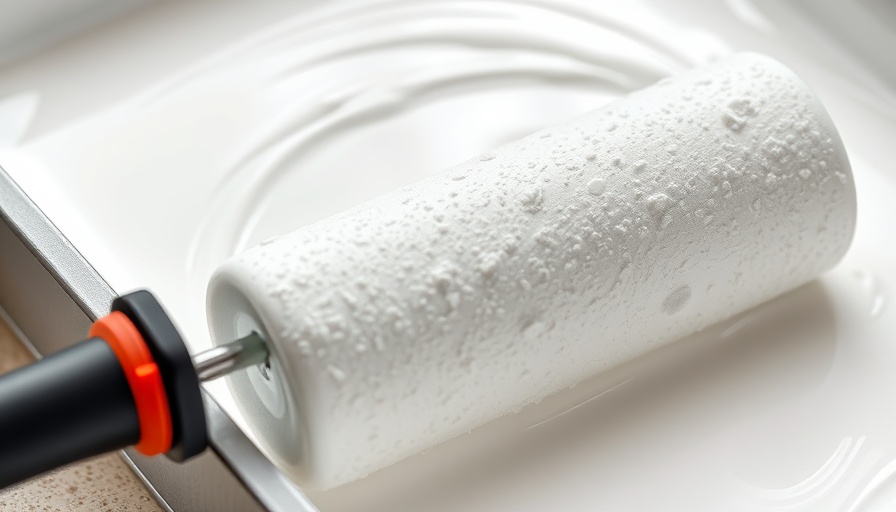
Understanding Mold: A Hidden Threat in Your Space
Mold and mildew can often thrive unnoticed until they turn into a larger problem, impacting not just the aesthetics of our homes but also our health. The importance of addressing mold cannot be overstated. It can lead to respiratory issues, allergies, and can even signify deeper moisture problems within walls or foundations. Before mold becomes a full-blown issue, here are essential tips to prevent and eliminate it effectively.
1. Check for Plumbing Leaks
One of the primary culprits behind mold growth is moisture from plumbing leaks. It’s crucial to regularly inspect areas around water pipes, waste lines, and fixtures for any signs of dampness. If you notice mold near these areas, ensure to run water and check thoroughly for hidden leaks as they may not visibly drip, yet moisture can soak into walls and ceilings.
2. Don’t Ignore Mold
Many homeowners consider mold a mere cosmetic issue, but it is often a red flag for a more significant moisture problem. Tackling mold should involve more than just wiping it away. Identifying and stopping the water source is essential to prevent recurring issues. Keep the air dry and low in moisture to discourage mold growth.
3. Inspect Your Home's Exterior
Inspecting both the interior and exterior of your home is vital. If you find mold on an exterior wall, check for potential leaks in the roof or siding. Ensure that drainage systems like downspouts are directing water away from your house. A well-maintained drainage system can prevent moisture from seeping into your foundation.
4. Examine Ductwork for Mold Growth
Moist air can create perfect conditions for mold growth within your ductwork. If you notice water spots on your ceiling that align with ductwork, inspect your ducts for insulation issues. Proper insulation and sealing of ducts can help to maintain temperature balance and reduce moisture accumulation, combating the mold issue before it worsens.
5. Is It Mold or Dirt?
Sometimes what appears like mold is merely dirt. Conduct a quick test using a diluted bleach solution (one part bleach to 16 parts water). If the spot lightens, it’s likely mold. However, if dirt resides underneath, it's time for a thorough cleaning. This simple test can help distinguish the two and guide your next steps.
The Broader Implications of Mold
Recognizing the indicators of mold is key not only for your home's upkeep but also for the well-being of its inhabitants. Knowledge about potential health impacts and the cost of repairs should encourage homeowners and contractors alike to deeply address mold issues. Failure to do so opens the door to health risks and, potentially, costly repairs down the line.
Future Insights: Keeping Mold at Bay
With climate change and increased rainfall patterns, the prevalence of mold can rise. Homeowners might want to consider advanced moisture detection tech or even engage with professionals for thorough inspections, particularly in regions prone to mold issues. Staying ahead of the curve, using effective ventilation, and monitoring are essential steps to keep your home healthy.
Practical Strategies for Mold Prevention
Consistent maintenance can go a long way in preventing mold. Utilize dehumidifiers in damp areas and ensure adequate ventilation in kitchens and bathrooms. Regularly clean gutters and inspect roofs to eliminate sources of water pooling that invite mold growth.
Join the Fight Against Mold!
Now that you have these valuable strategies at your disposal, it's time to take action and safeguard your home from mold and mildew. Don’t wait for a minor nuisance to escalate into a significant problem. Start inspecting your space today and implement preventive measures!
 Add Row
Add Row  Add
Add 






Write A Comment